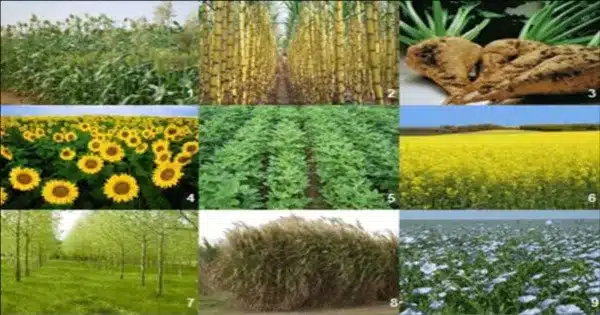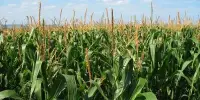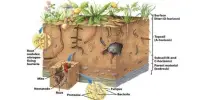Energy crops are plants that are grown specifically to be used as a source of energy. These crops can be used for a variety of purposes, including generating electricity, producing biofuels, and providing heat and power for homes and businesses. The most common types of energy crops include corn, sugarcane, switchgrass, and willow trees.
Energy crops are low-cost, low-maintenance crops grown solely for the production of renewable bioenergy (not for food). The crops are converted into solid, liquid, or gaseous fuels like pellets, bioethanol, or biogas. The fuels are burned to produce electricity or heat.
The plants are classified as either woody or herbaceous. Willow and poplar are woody plants, while Miscanthus x giganteus and Pennisetum purpureum (both known as elephant grass) are herbaceous plants. Herbaceous crops, despite being physically smaller than trees, store roughly twice as much CO2 (in the form of carbon) below ground as woody crops.
Plants can be manipulated to produce more yields using biotechnological procedures such as genetic modification. Existing cultivars can also produce relatively high yields. However, some additional benefits, such as lower associated costs (i.e. costs associated with the manufacturing process) and less water use, can only be obtained by using genetically modified crops.
One of the benefits of using energy crops is that they can be grown on marginal land that is not suitable for food crops. This can help to reduce competition between food and fuel production and improve food security. Additionally, energy crops can be a more sustainable source of energy than fossil fuels, as they can be replenished more quickly and have a lower carbon footprint.
However, there are also some concerns associated with the use of energy crops. For example, the large-scale cultivation of these crops can lead to land use changes, deforestation, and other environmental impacts. Additionally, there is a risk that energy crop production could displace food production, exacerbating food insecurity in some regions. As such, it is important to carefully consider the potential benefits and drawbacks of energy crop production and use in different contexts.













